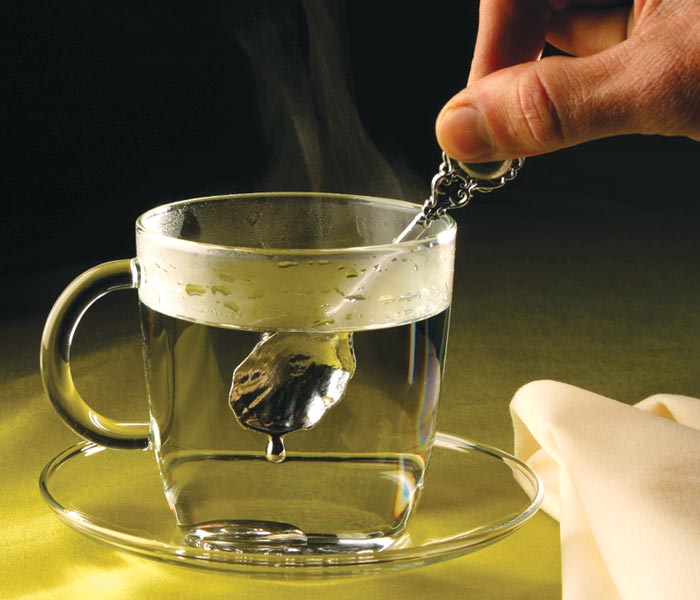Copy the questions below (highlight the text, then press the CTRL key plus "c", or use the Edit menu at top and choose "Copy") In your email program start composing an email and paste the questions (not pictures) to your email (use CTRL-V to paste or use Edit menu and choose "Paste"). For Phoenix College students email your quiz answers to chm107pc@chemistryland.com. Note: If your answers are far afield, I will give you some tips on what to restudy and you can do the questions again.
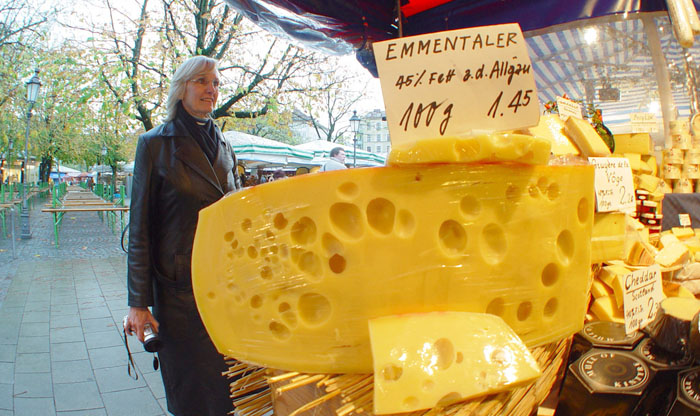
Question 2: This poster for an early Clint Eastwood movie used photography that used the same kind of lens as the image above. What was the purpose of using that lens?
(Roll cursor over image to see another poster image).


We are all guilty of being accomplices for product placement. When we buy "to-go" drinks at fast food restaurants, service stations, or coffee shops, we bring to work or home a cup with the name of that store's brand name displayed prominently on the cup. We are inadvertently advertising for the company using product placement (placement outside its normal advertising space).
Question 4: What stores are you frequently advertising with the cups you bring to work or home?
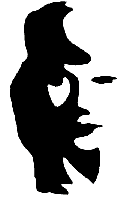 ...
... 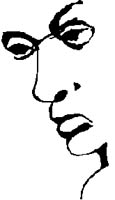
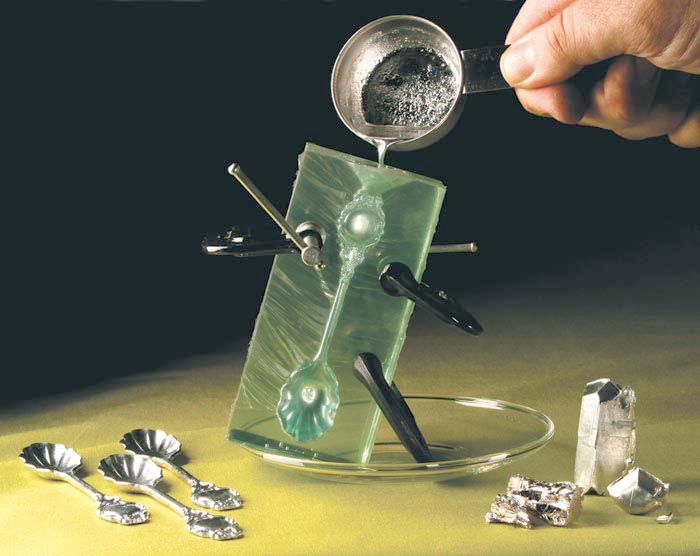
Photo by Charles Shotwell
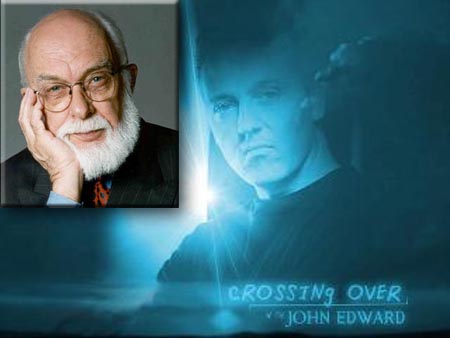
Question 8:
Besides tempting unknown psychics with a million dollars, James Randi (a previous magician turned investigator) publicly challenges popular psychics like John Edward of the TV show Crossing Over to come and prove their capabilities.
The challenge is the One Million Dollar Paranormal Challenge. According to their website, what is this challenge? Here's the link:
http://www.randi.org/.../1m-challenge.html
Question 9: Math challenge with Challenge Butter. The whipped version costs $3.19 for 8 oz (1/2 lb). The unwhipped version costs $3.99 for 16 oz (1 lb.) Question 9a: How much money per oz is the whipped version? Question 9b: How much money per oz is the unwhipped version? Question 9c: Instead of buying a pound of whipped butter, you buy a pound of unwhipped butter and whip air in it yourself. How much money would you save?
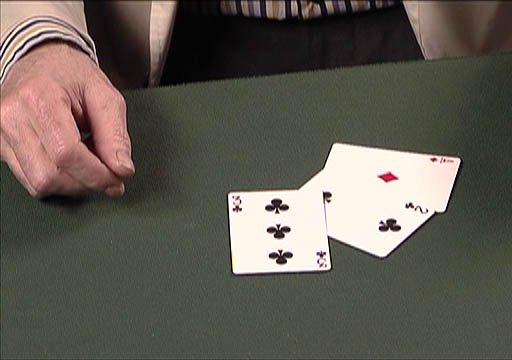
Question 10: (Altered version of something familiar) Card tricks often used altered cards to do their trick.
In the previous chapters I talked about the Million Dollar Monte trick.
If you want to watch the video again, visit this
link:
Million Dollar Monte on YouTube
Before I asked, "What are the three cards that you
see on the table?" If you said, 3 of clubs, 2 of clubs, and ace of
diamond, then you are using your experience with cards to identify these
cards; however, you would be wrong. What do you think is the secret to this trick?
When I receive your answer via email, I will record it's been received on the progress sheet. (That's updated about once a day) After grading it, I will email your answers back with my comments. If there are any missed, I will ask for you to redo them; that way you can get 100% on every quiz.

